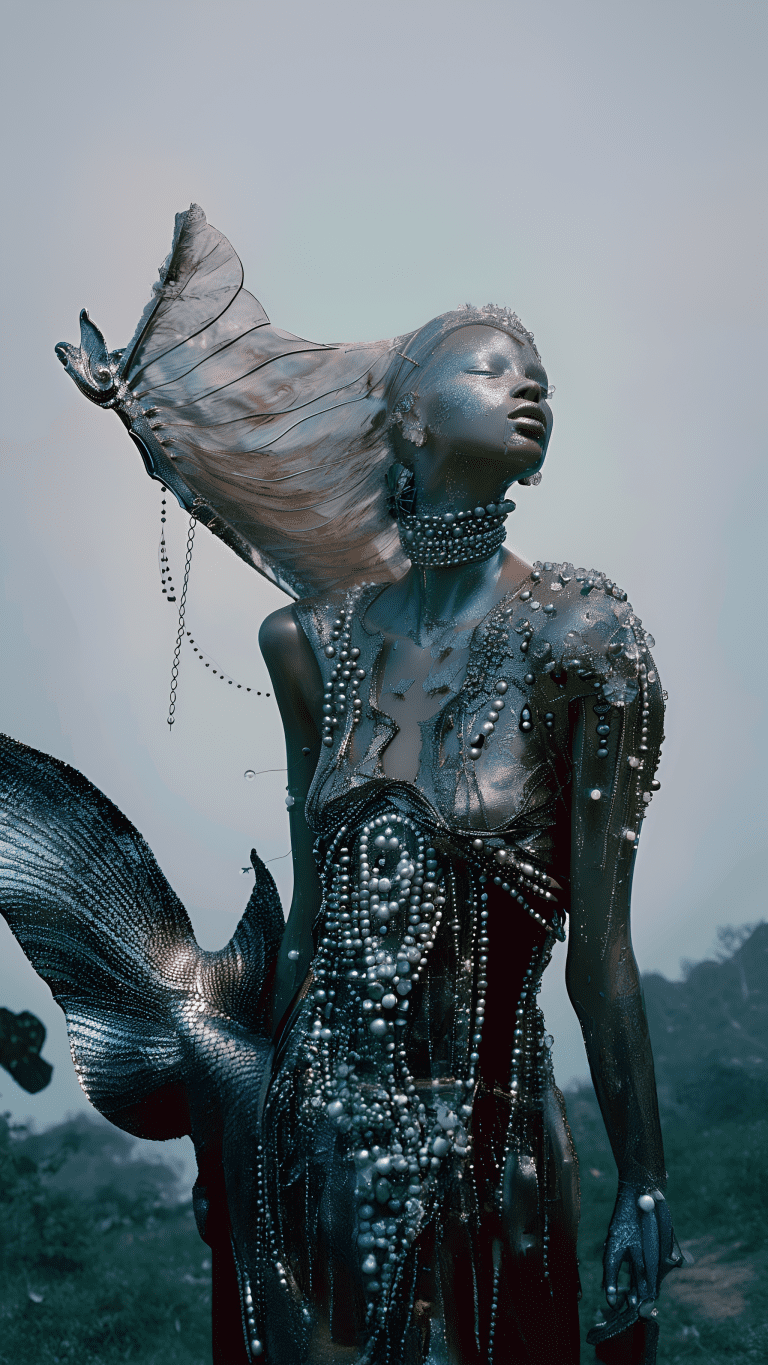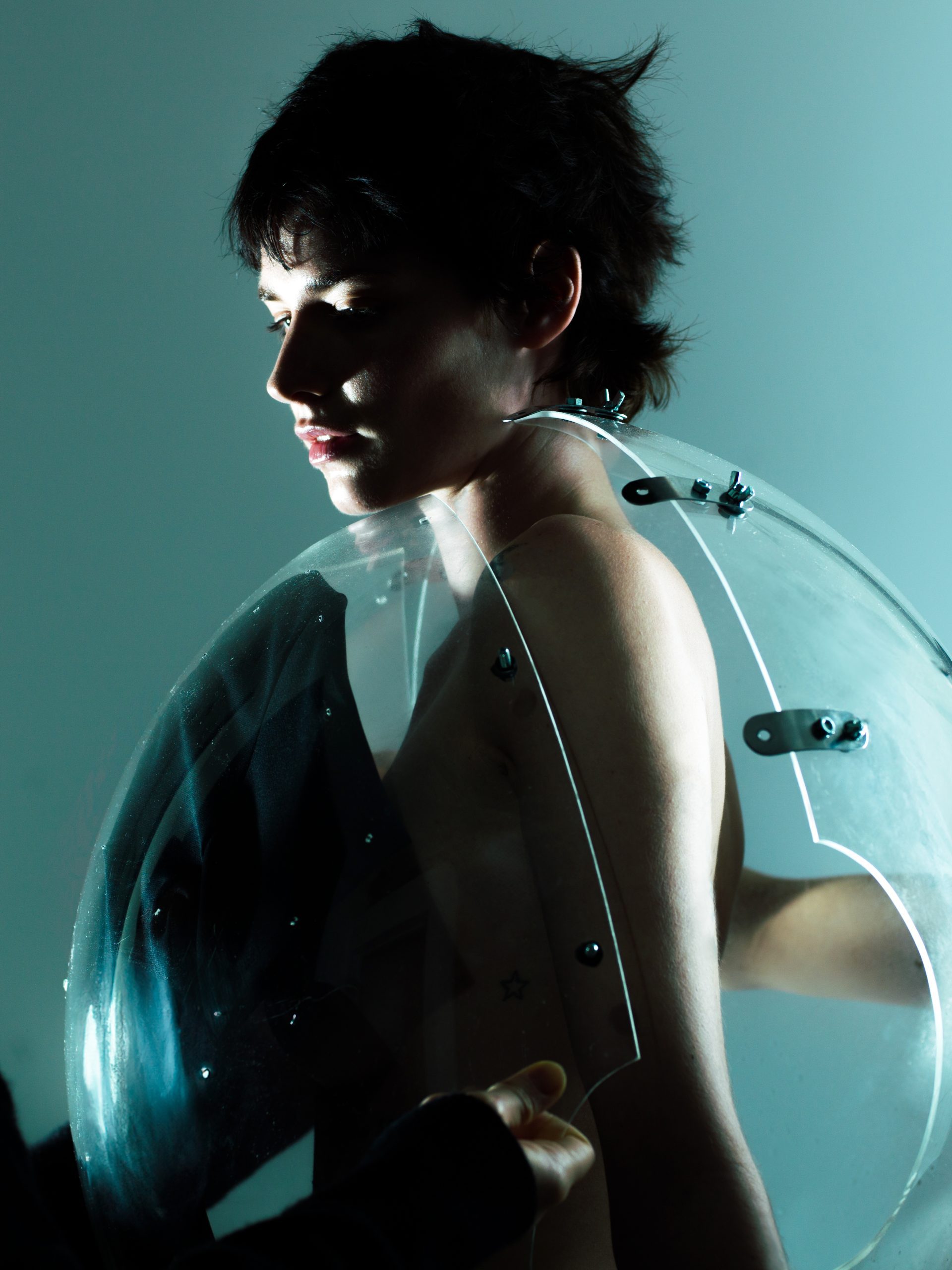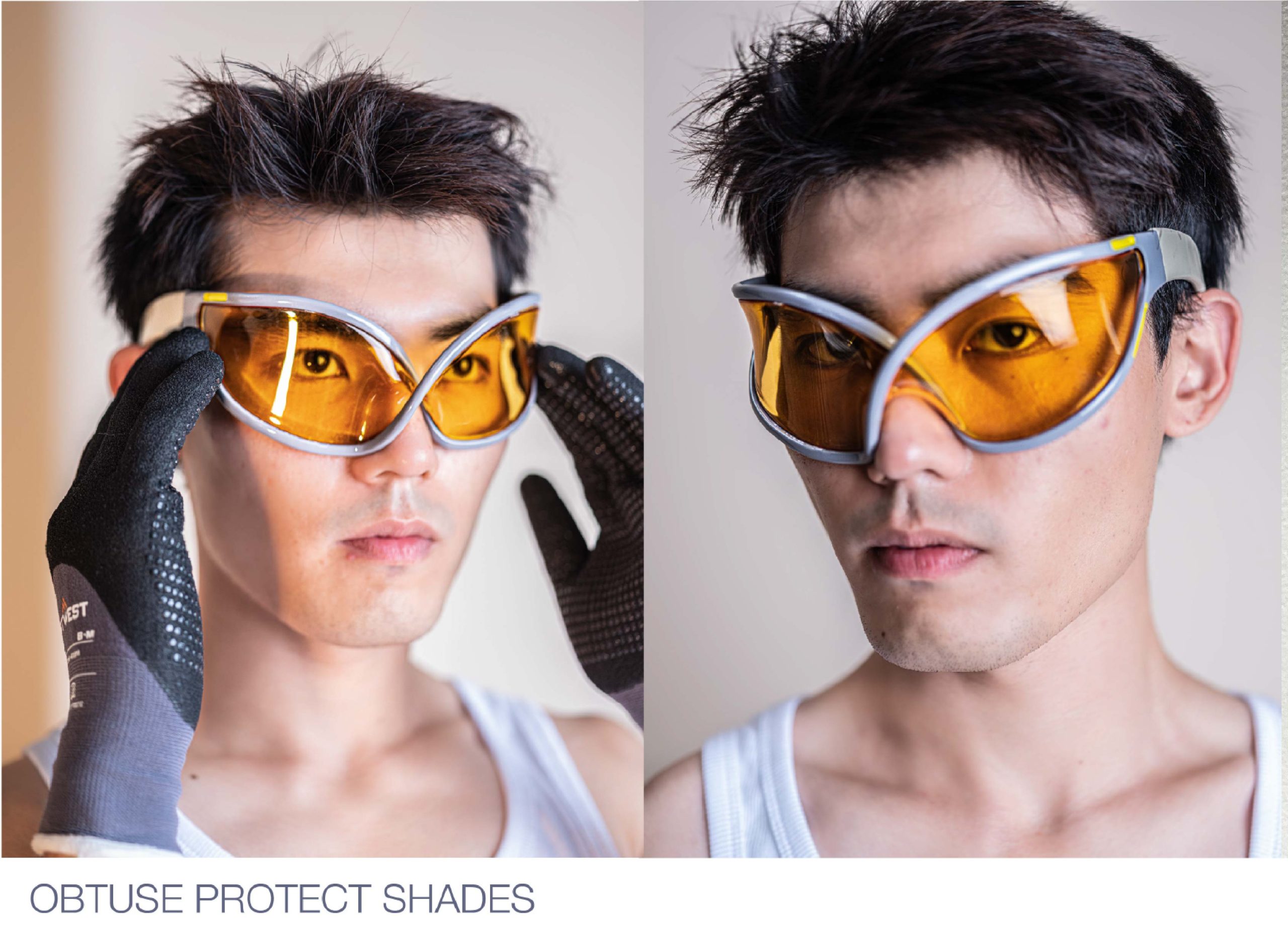Remember the name Lars Weber. This is a versatile creative whose journey started from Hamburg in the realms of Communications Design before pivoting into freelance photography and AI art in Berlin as if these were all one thing. He is an upcoming talent in the creative field because of his forward-looking style coupled with his ability to mix traditional and computer-based mediums. A captivating interview with him traces back his interesting development, innovation on using AI in arts, and what keeps his imaginative spirit alive. Dive into the mind of this emerging artist while he pushes visually storytelling boundaries.
1. Can you tell us about your journey from studying Communications Design in Hamburg to becoming a freelance photographer and AI artist in Berlin?
Even before my studies, I had a keen interest in art, especially photography, and started by taking pictures of friends to gain some initial experience. Everything I learned about photography was through experimentation and from artist friends. During my studies, I focused on art direction and never actually took a photography course. As a huge fan of books and magazines, I always wanted to work in the editorial sector. While still studying, I worked at an agency, and after gaining more experience in advertising agencies post-graduation, I decided to go freelance. Over the years, my focus shifted from print to digital. Since I often don‘t have time for large-scale photo productions in my free time, I started experimenting with AI tools to keep being creative and pursue my passion for fashion, lifestyle, and beauty shoots.
2. How did your experience in Art Direction influence your transition into photography and later into AI art?
Through Art Direction, I engaged with clients‘ needs and developed concepts for campaigns of various scales. I quickly learned how to get the best out of projects with limited budgets, as well as how to plan larger productions. My role in Art Direction, and now Creative Direction, allowed me to delve into diverse fields such as technology, automotive, fashion, and beauty. This work complements photography well, as it helps me understand client desires and the feasibility of ideas. I learned which angles work, what lighting is effective, and how to create certain moods. All these experiences are invaluable when using AI to create worlds, characters, and scenarios.
3. What inspired you to shift your work into the digital realm and explore AI art?
My curiosity for new technologies and the endless possibilities that AI offers led me to experiment with different tools. In my job as a Creative Lead, I‘ve been using various programs for text to speech, text to image, text to video, and more for a while now, as AI is a growing field in my company. What fascinates me about these tools is their rapid development and the fact that only your imagination is the limit.
4. Could you describe a project where you combined your skills in concept development, photography, and design to create an AI artwork?
I always try to combine different elements to create something entirely new. For instance, I used an old photo series I shot years ago as a reference. A friend of mine had done special effects makeup to create wounds and scars for that series. I took this concept and reimagined it for a 2024 version. The exciting part about AI is that it allows for new, interesting perspectives and stories. Another project involved adapting a photo series by another photographer with AI, developing a fantastic scenario, and merging it with his photos and retouching them.
5. What are some of the challenges you face when working with AI art compared to traditional photography and design?
One challenge in working with AI art is the „X“ factor – the unknown variable. No matter how vividly you picture an image in your mind, there‘s always an element of surprise. AI often adds unexpected content that you couldn‘t foresee. Sometimes it takes several attempts to get the desired result, and other times it offers a completely new perspective that enhances the concept. In traditional photography, you cast a model, choose a location, create a concept, and decide on fashion styling and hair and makeup. It involves different crafts and people working as a team. When working with AI, you need to consider all these factors and essentially perform the tasks of various team members through prompts.
6. How does the vibrant art and culture scene in Berlin influence your creative process and the work you produce?
Berlin is incredibly diverse. Everyday experiences, the things around me, the people I meet and work with – all of this can influence my creative process. Berlin is a historic city, characterized by its ugly and beautiful corners. It doesn’t aim to please; it has personality. There‘s a vibrant art scene, many talented people, a unique club scene, and a mix of different cultures. When I see something interesting, I photograph it. Sometimes, these snapshots inspire ideas later on.
7. Can you share an experience or collaboration with another artist that significantly impacted your work and artistic perspective?
Every collaboration is special; each person brings new impulses that make each partnership unique. It could be painters, singers, photographers, designers, architects, or actors. My parents have always had a significant impact on me. Their determination, humility, and gratitude have always inspired me. They supported me in all my endeavors and gave me the freedom to express myself fully. Their hard work and courage have always been a source of motivation and inspiration for me.
8. What future projects or directions are you excited about exploring in the realm of AI art and digital creativity?
AI is just beginning, and I truly believe that. There are so many areas where AI hasn‘t even been explored yet, and I‘m also just starting to discover its endless possibilities. I want to develop in various directions. I‘ve always had a passion for architecture and interior design, and I‘d love to experiment in those fields. I also want to tell stories and try my hand at moving images.
Lars Weber’s unique blend of traditional photography skills and cutting-edge AI design is making waves in the creative community. His ability to merge different elements and constantly push the envelope sets him apart as a true innovator. If you’re as captivated by Lars’ journey and vision as we are, don’t miss out on following his work. Connect with him on Instagram, reach out for collaborations, and stay tuned for his upcoming projects. Lars is not just creating art; he’s crafting the future of visual storytelling.
Interviewed by Fernanda Ondara CEO of GLITCH Magazine
Words by Lars Weber





